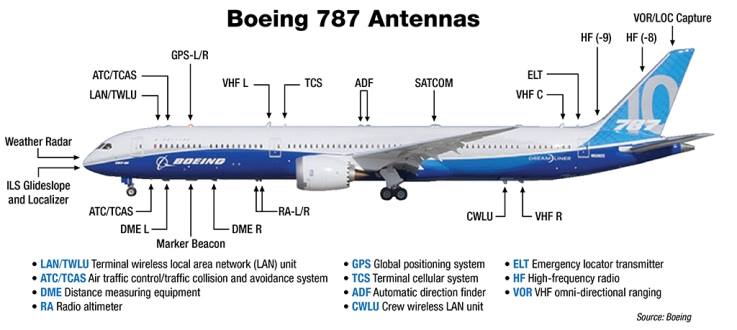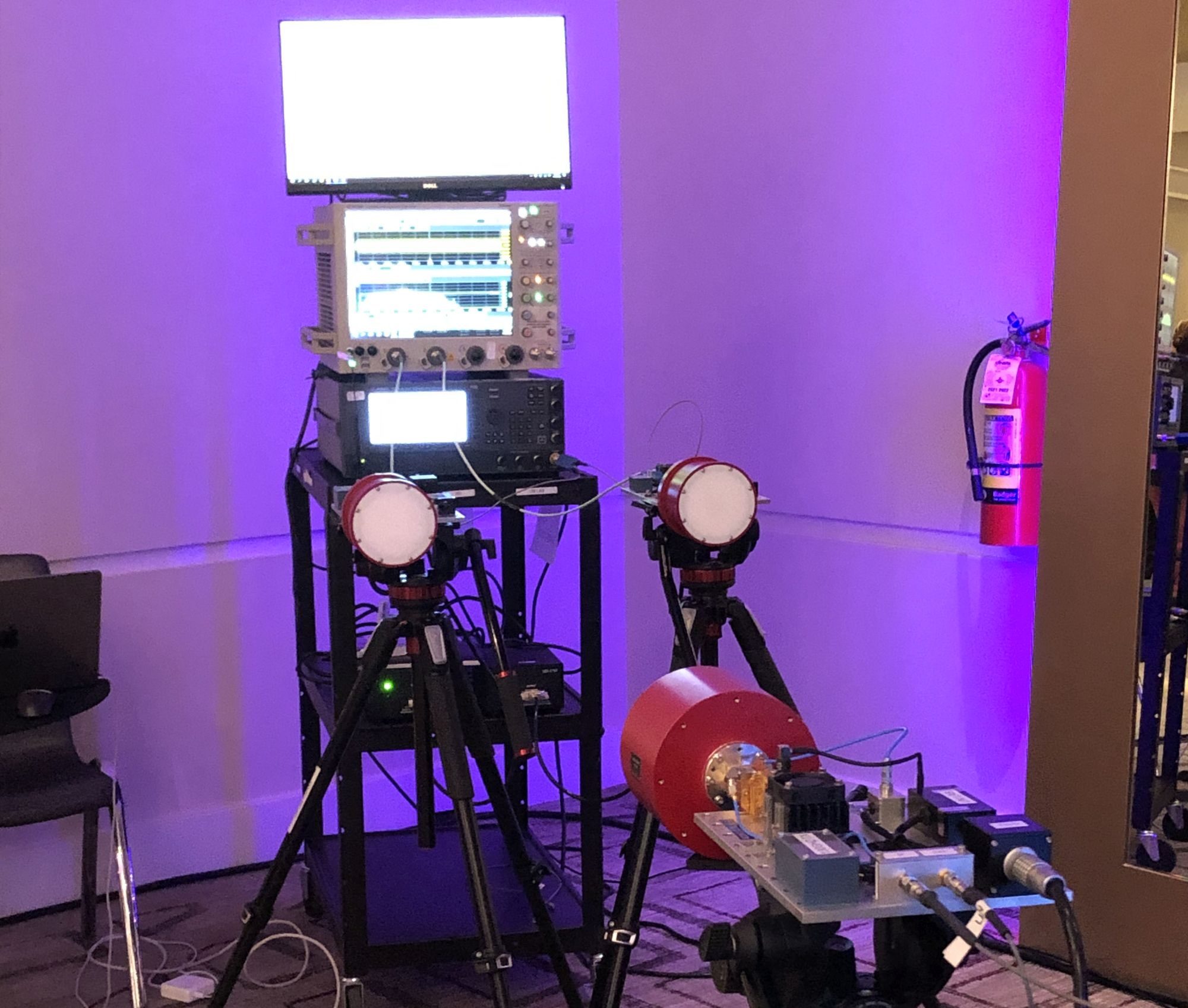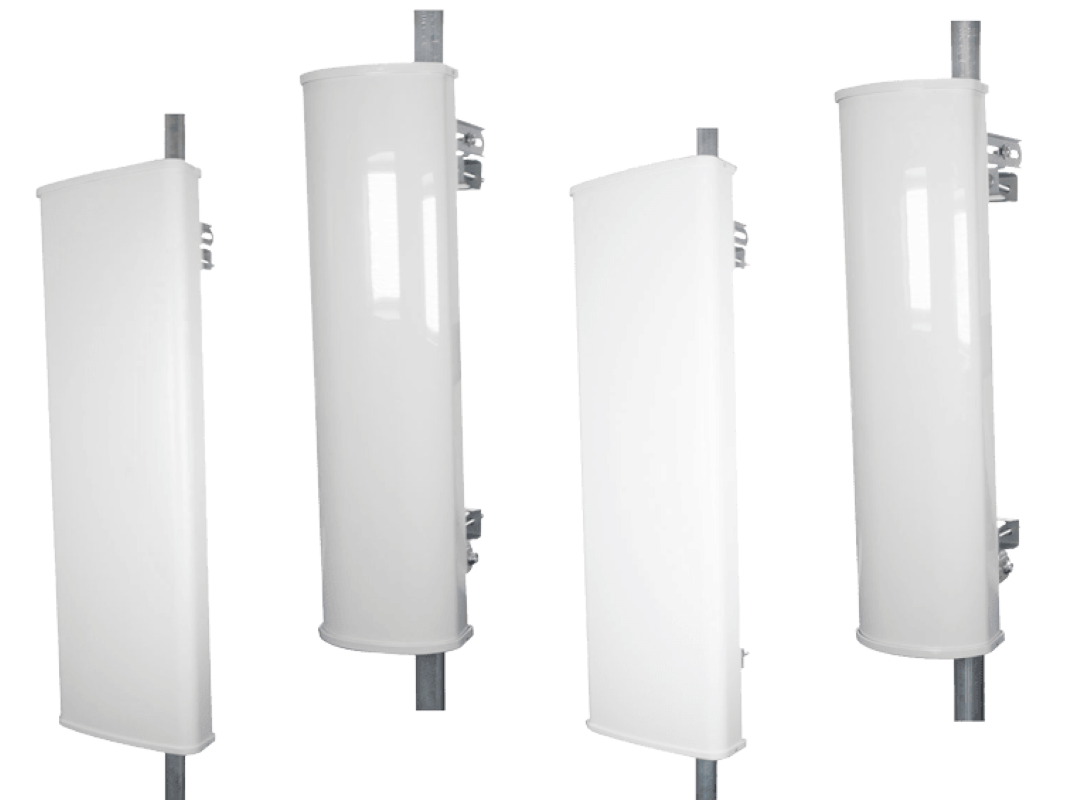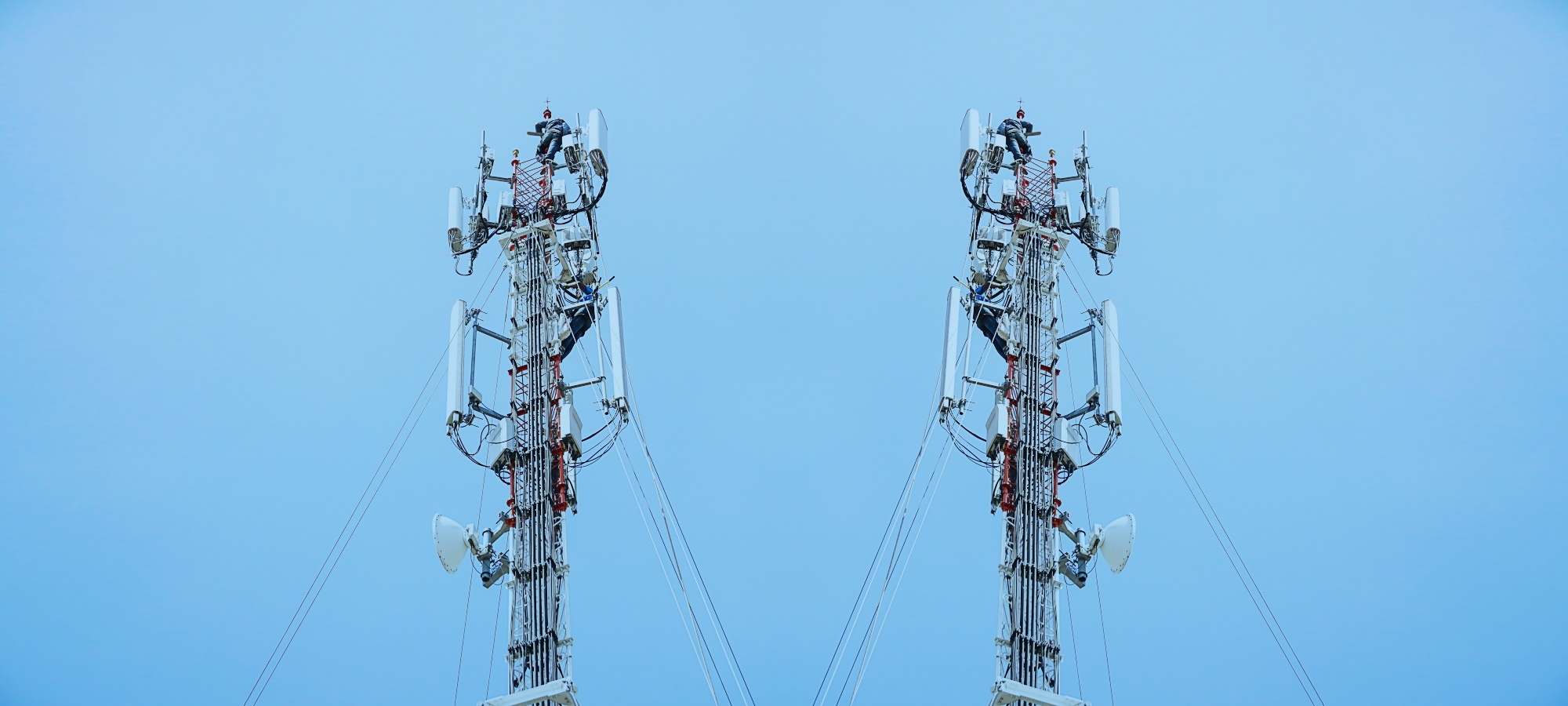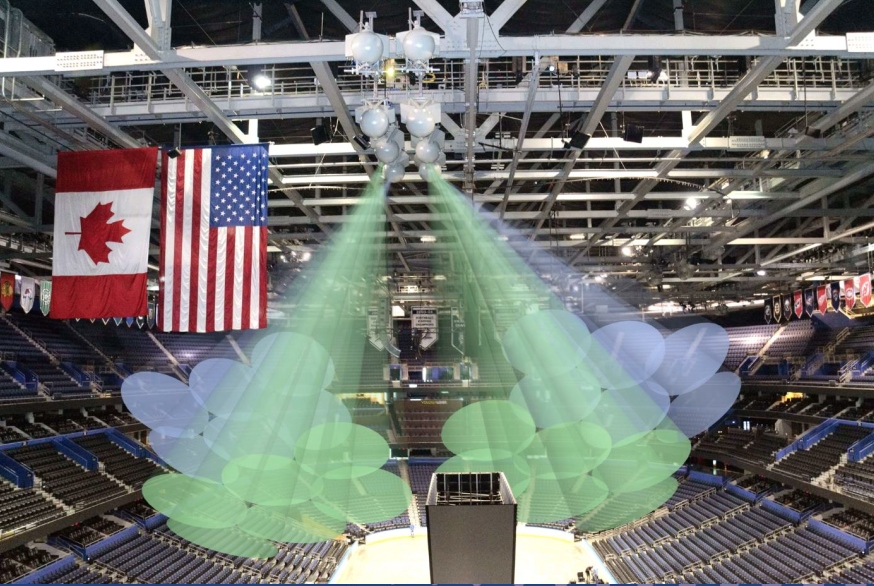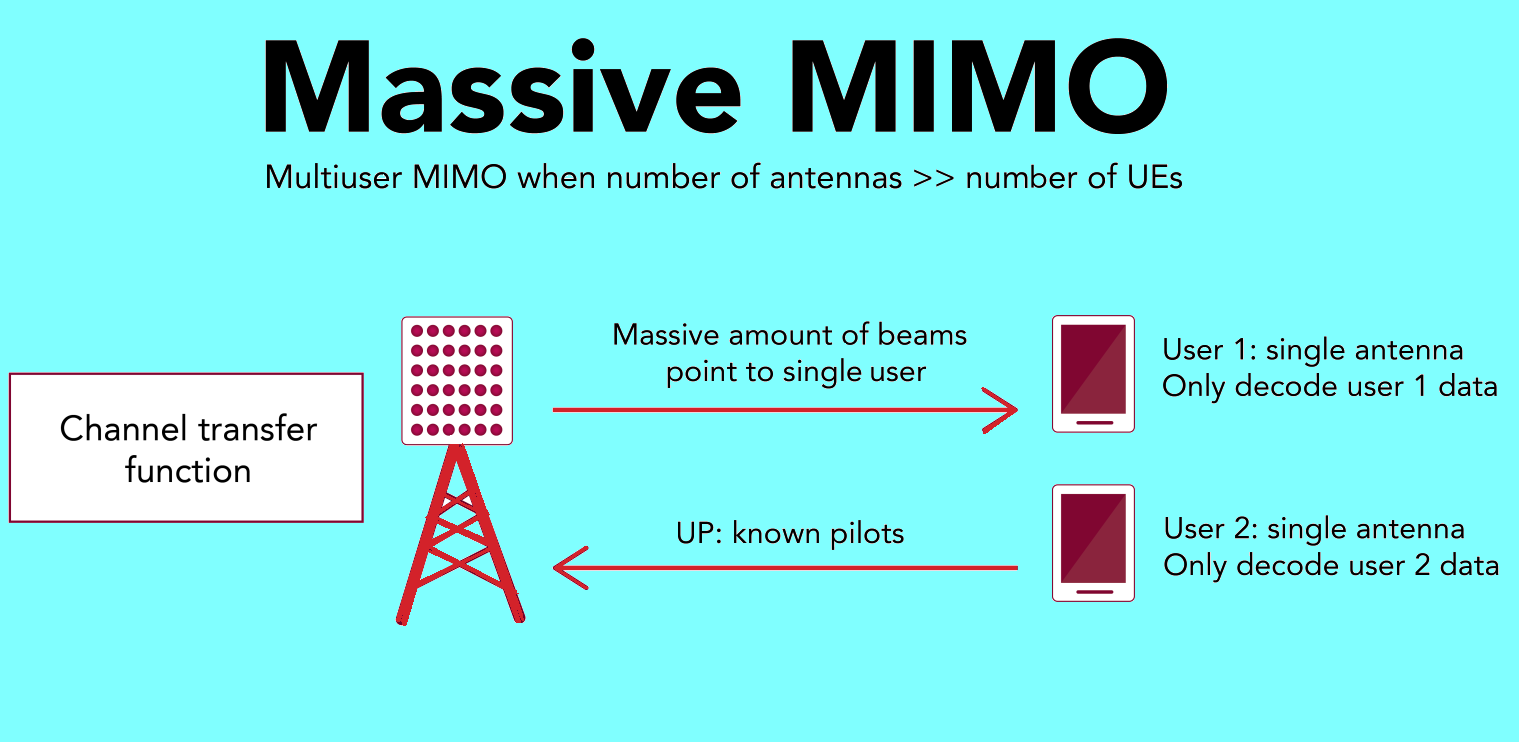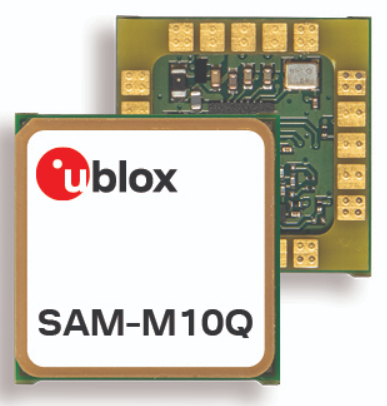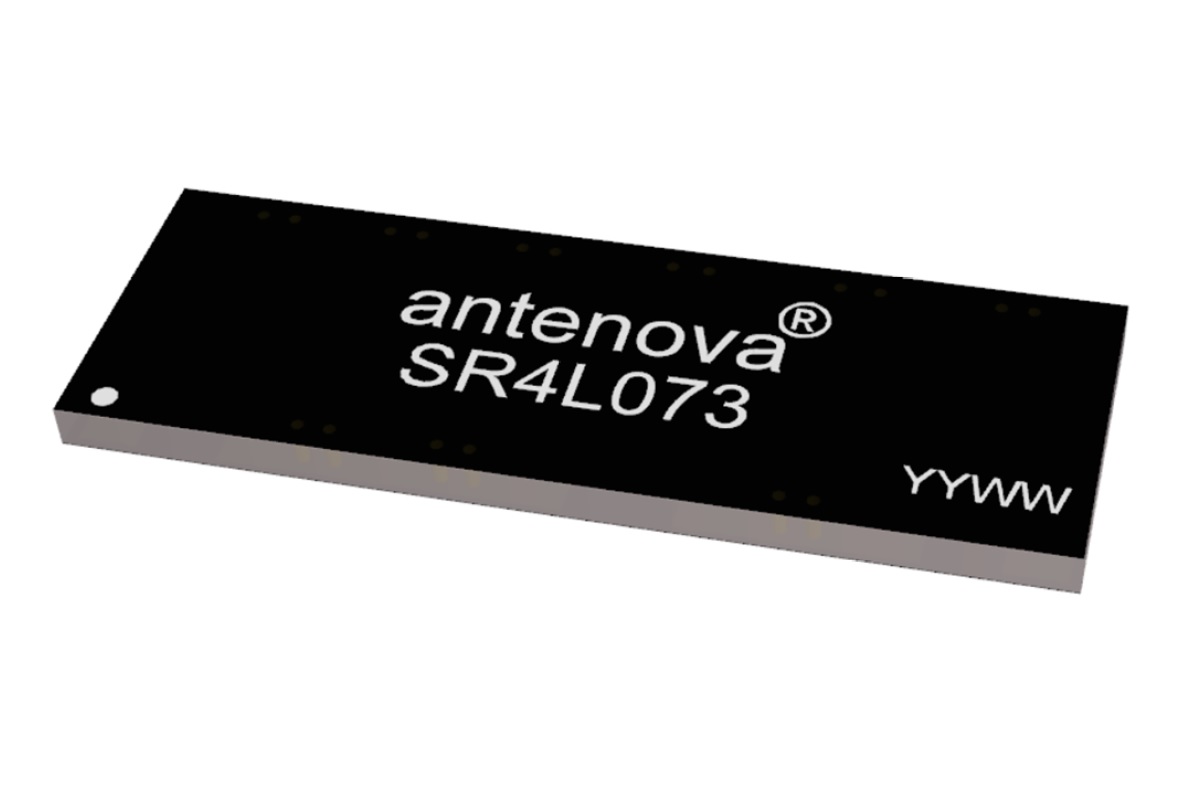Antennas come in abroad range of sizes, styles, and configurations to meet frequency, bandwidth, directivity, and many other objectives; the PIGA and Yagi antennas are rather different yet widely used versions. With a few highly specialized exceptions, all antennas in general use—ranging from tiny ones in wearables to huge broadcast-transmitter designs — are extensions, enhancements,…
Technical demonstrations round out two 6G conferences
Most demonstrations centered on sub-terahertz communications and the technologies needed to make them a reality.
Log-periodic antennas cover 600 MHz to 6 GHz
Pasternack has expanded its line of wideband, log periodic antennas. Pasternack’s new, high-performance, wideband, log periodic antennas operate from 600 MHz to 6000 MHz for point-to-point wireless communications. They feature gain ranging from 3 dBi to 16 dBi and can be used for long-distance directional communication over a wide range of frequencies. These outdoor-rated, directional antennas function as boosters…
Antennas bring Wi-Fi 6E indoors and outdoors
KP Performance Antennas has just introduced a new line of 6 GHz, Wi-Fi 6E capable sector antennas for indoor and outdoor applications such as large arenas and stadiums. KP’s new Wi-Fi 6E sector antennas offer high performance and throughput while supporting frequencies from 2.3 GHz to 7.2 GHz. They feature 17 dBi to 20 dBi gain, 65-degree and 90-degree…
Creating massive MIMO, part 2
In part 1, we discussed “Creating 5G Massive MIMO.” In part 2, we discuss the antenna options for moving into 6G using variations of Massive MIMO.In part 1, we discussed “Creating 5G Massive MIMO.” In part 2, we discuss the antenna options for moving into 6G using variations of Massive MIMO.
Lens antennas focus multiple wireless beams
Using refraction instead of reflection or phased arrays, MatSing has created antennas that produce multiple beams. If you’ve recently attended a game at AT&T Stadium in Dallas, Allegiant Stadium in Las Vegas, Amalie Arena in Tampa, or even attended a presidential inaugural and used your phone, then you’ve probably used an antenna by MatSing. The…
Creating 5G massive MIMO: Part 1
Part 1 explains who originated massive MIMO and how it works IEEE Fellow Thomas Marzetta is well known for originating the 5G massive MIMO (multiple-input multiple-output) technology in 2006, which telecom experts consider to be one of the cornerstones of 5G wireless communications. This technology uses many small, individually controlled, low-power antennas to directly beam…
5G antenna shrinks to fit smaller IoT devices
Antenova Ltd announces a new and smaller SMD antenna for 5G and 4G frequencies. The antenna is named Minima, part number SR4L075. At 40 x 10 x 3.3 mm, Minima is the smallest 5G antenna that Antenova has brought to market so far. Its small volume and low weight, below three grams, suit it for…
GNSS module features integrated antenna
u-blox has announced the u-blox SAM-M10Q antenna module, offering a best-in-class low-power positioning solution. Featuring an integrated antenna, the module offers product developers the easiest pathway to integrate u-blox M10 GNSS technology into their devices. Typical applications include industrial tracking and telematics, automation and monitoring, and small UAVs. At the heart of the SAM-M10Q is the ultra-low-power u-blox…
IoT antenna shrinks footprint by 50%
The Pharoah antenna from Antenova covers popular LTE frequencies while producing signals in a small ground plane.

